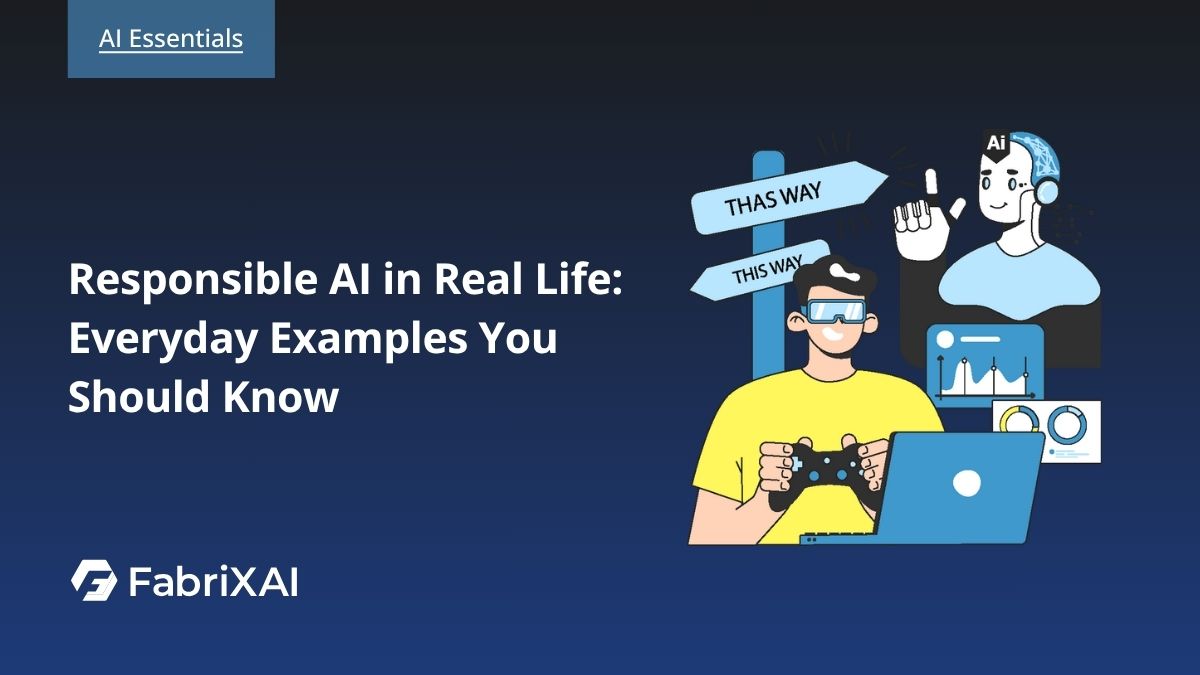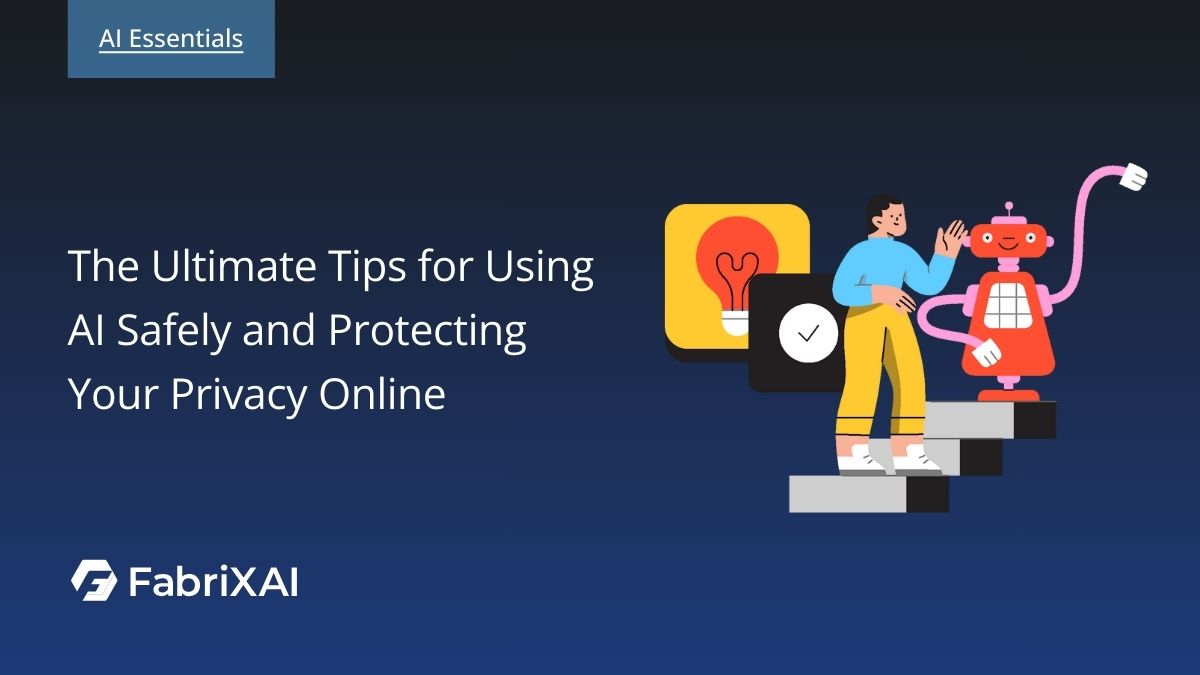Responsible AI in Real Life: Everyday Examples You Should Know

AI isn’t just something found in research labs or tech giants—it’s already a part of your daily routines. From unlocking your phone with your face to the music playlists suggested every morning, responsible (or irresponsible) uses of AI can impact you and your community in subtle but powerful ways.
💡 New to the concept of Responsible AI?
Check out our beginner-friendly guide—What Is Responsible AI? A Beginner-Friendly Guide—to explore the core principles and practical applications.
Where AI Shows Up in Daily Life
Smartphones & Accessibility
- Voice Assistants: Siri, Alexa, and Google Assistant use AI for understanding queries and assisting with schedules and information.
- Photo Tools & Editing: Features like automatic background editing, Magic Eraser, and live translations leverage AI to enhance photos and user experience.
- Accessibility: Real-time voice-to-text, auto-captioning, and smart translations make technology more inclusive for people with different abilities.
Recommendation Engines
- Streaming Services: Netflix and Spotify rely on AI to personalize movie or playlist suggestions based on your habits and preferences.
- Social Feeds and Shopping: Newsfeeds, online shops, and video platforms use algorithms to tailor content, which, if done responsibly, can help discover new perspectives but may also accidentally reinforce old habits or preferences.
Navigation Apps
- Smart Routing: Google Maps and Waze use AI to suggest the fastest or safest routes by analyzing real-time traffic, construction, or accident data.
- Adaptive Preferences: These apps can adjust based on past choices or even suggest routes that avoid busy or unsafe areas.
Responsible vs. Irresponsible AI Use
How AI Shapes Your Everyday Experience
Even if you’re not building AI, it’s influencing your world:
- What you see: Newsfeeds or trending topics are filtered and sorted by algorithms, influencing opinions and exposure to new ideas.
- What you buy: Suggested products are based on prediction models, which can lock you into specific preferences or cultural bubbles.
- What you miss: If AI models are biased or under-train on minority data, content from certain groups can become “invisible”—leading to missed opportunities, voices, or viewpoints.
- How you’re judged: Filters that don’t reflect a wide range of appearances or backgrounds can limit access to services, jobs, or even digital spaces.
- Your online safety: Misapplied content moderation can lead to wrongful bans or the spread of unaddressed abuse and misinformation.
Case Study: AI in Social Media Filters
A major social media company invested in diverse datasets and tested its facial filters on a wide range of skin tones and facial structures. As a result, selfie filters, AR masks, and auto-enhance tools worked equally well for all users. The company also published regular transparency reports showing filter performance across demographic groups and invited user feedback loops for continuous improvement.
Impacts:
- All users, regardless of ethnicity or appearance, enjoyed the same quality content.
- Trust and engagement improved, and the platform attracted a more inclusive global audience.
To dive deeper into how Meta operationalizes fairness in AI development, check out the full case study here:
Building AI That Works Better for Everyone – Meta Fairness Flow
Key Takeaway
AI already shapes what you see, what you miss, and how you’re represented online. Responsible AI makes technology more inclusive, reliable, and respectful of everyone’s experience—whether it’s a newsfeed, a filter, or a navigation suggestion.
What's Next?
FabriXAI is a trusted partner for organizations building responsible AI. With expertise across strategy, data science, and ethics, we help enterprises implement fair, transparent, and accountable AI systems—aligned with global standards.
Learn more about our work at FabriXAI.
Frequently Asked Questions (FAQs)
Q1: How is AI used in my daily life without me realizing it?
AI powers many everyday tools—like face unlock, playlist suggestions, navigation apps, and newsfeeds—often working behind the scenes to personalize experiences.
Q2: What’s the difference between responsible and irresponsible AI in daily apps?
Responsible AI ensures fairness, privacy, and inclusion—like face unlock that works for all skin tones. Irresponsible AI can reinforce bias or exclude users.
Q3: Can AI recommendations influence my opinions or behaviors?
Yes. Algorithms filter what you see on newsfeeds or streaming platforms, which can shape beliefs, limit exposure to new ideas, or reinforce existing preferences.
Q4: Why does fairness matter in things like filters or search results?
Unfair AI can distort how people are represented, misjudge appearances, or leave out minority voices—impacting access, visibility, and digital equality.
Q5: What can companies do to ensure AI is inclusive and safe?
They can train models on diverse data, audit performance across demographics, and include transparency reports and feedback loops—like Meta’s Fairness Flow.

